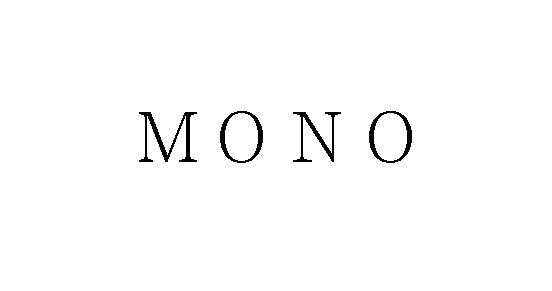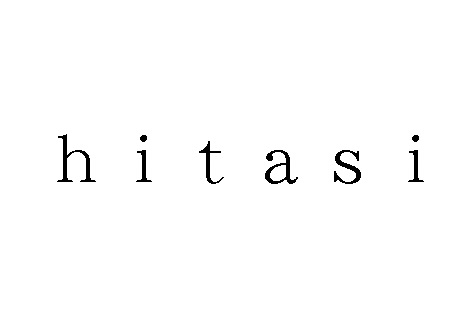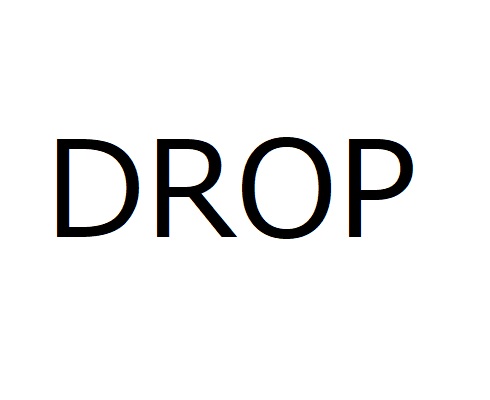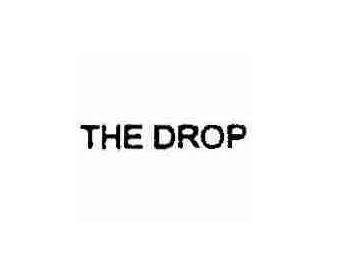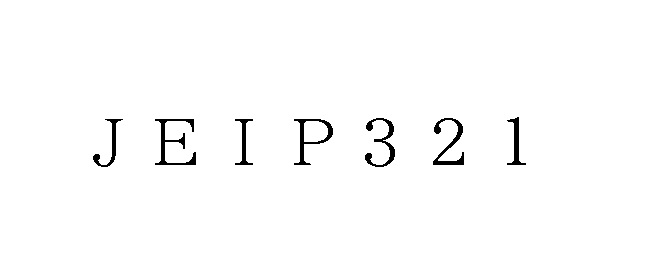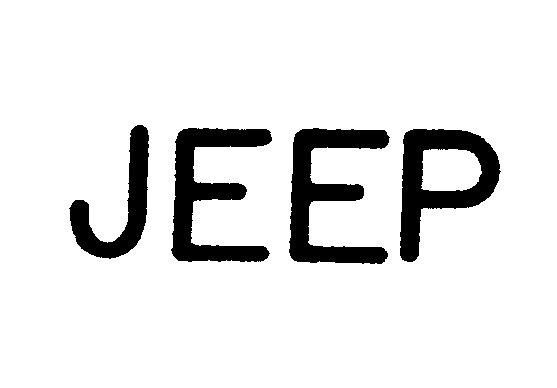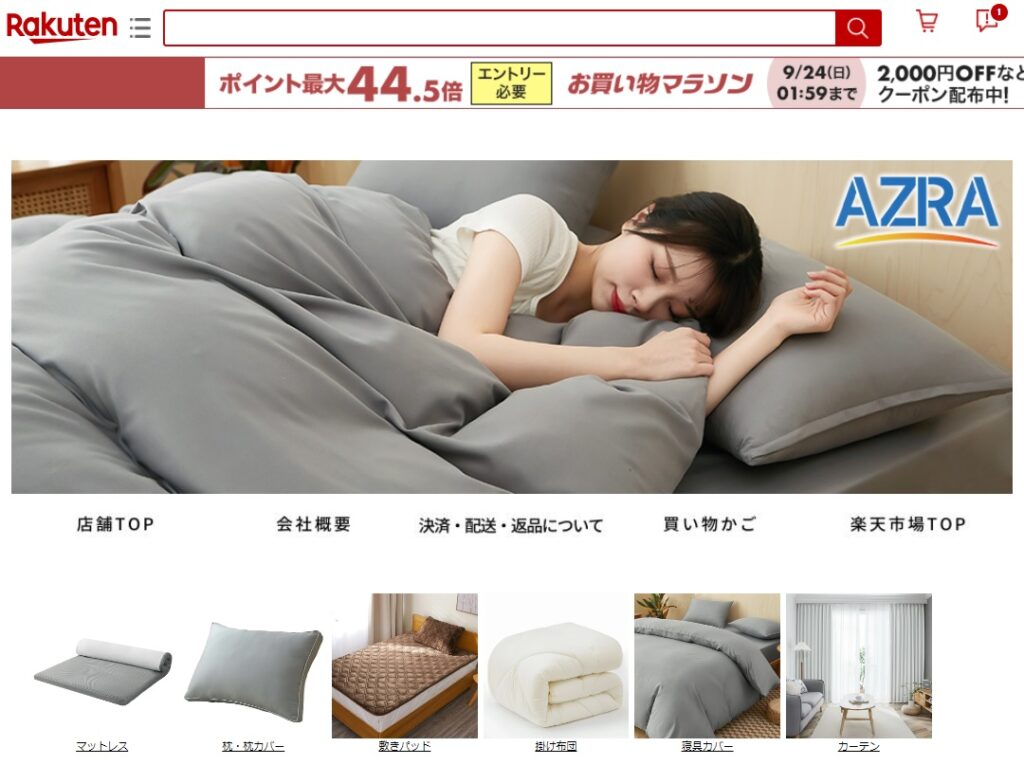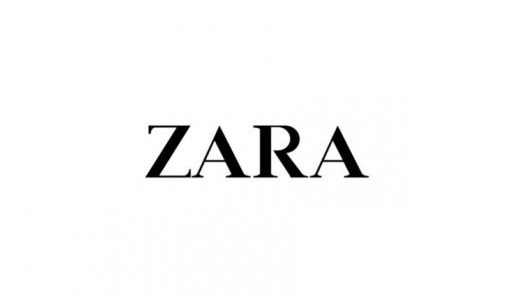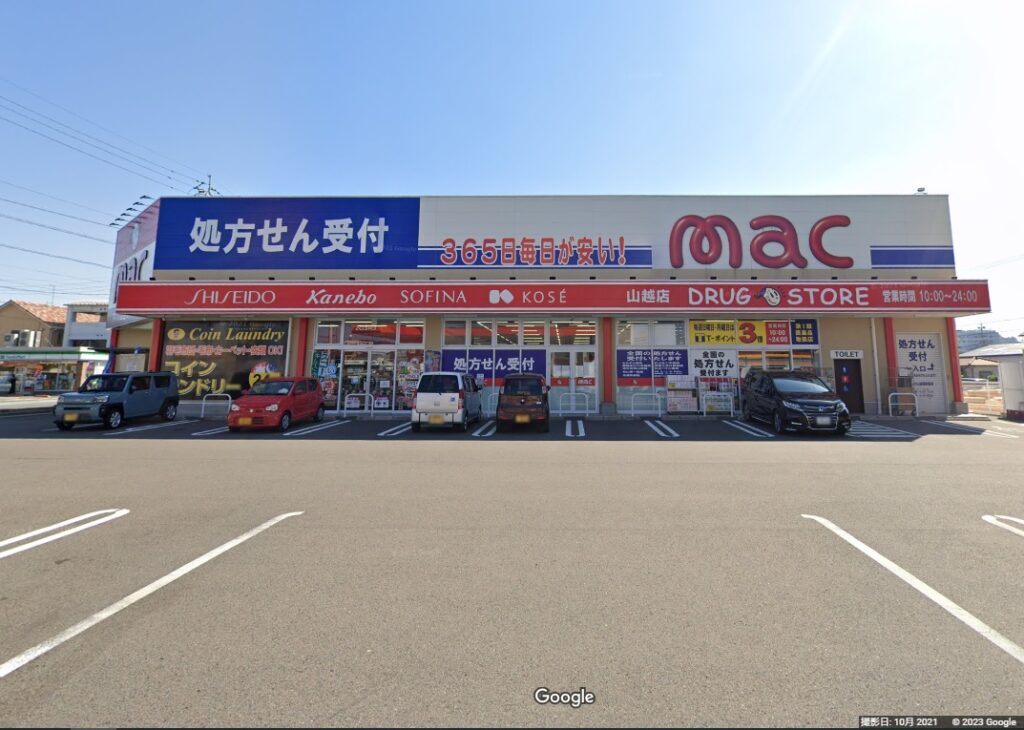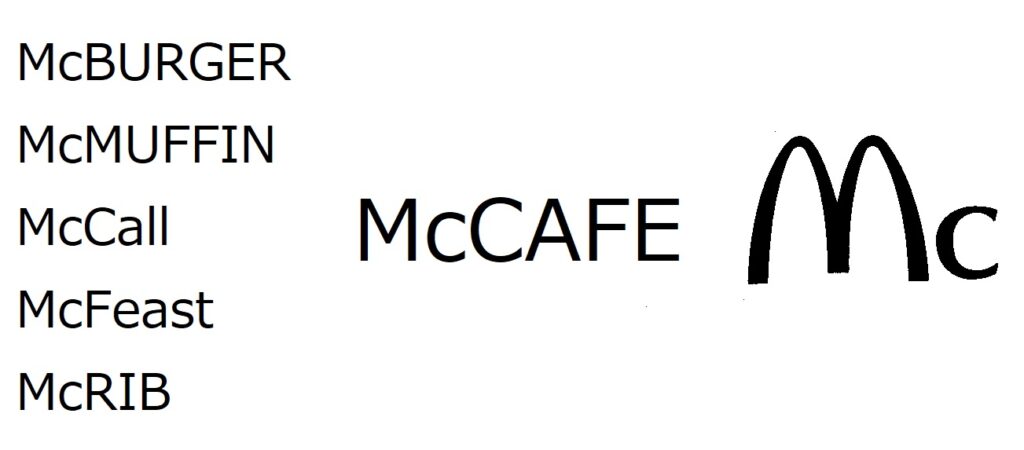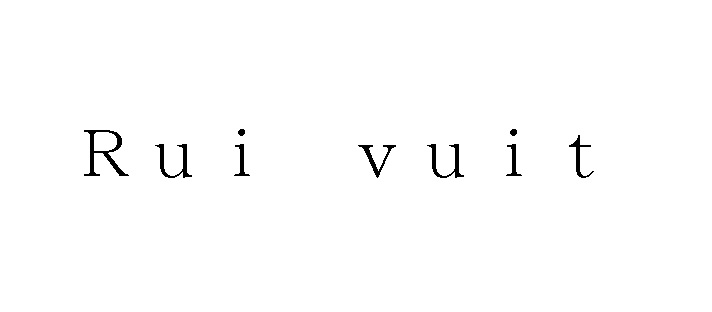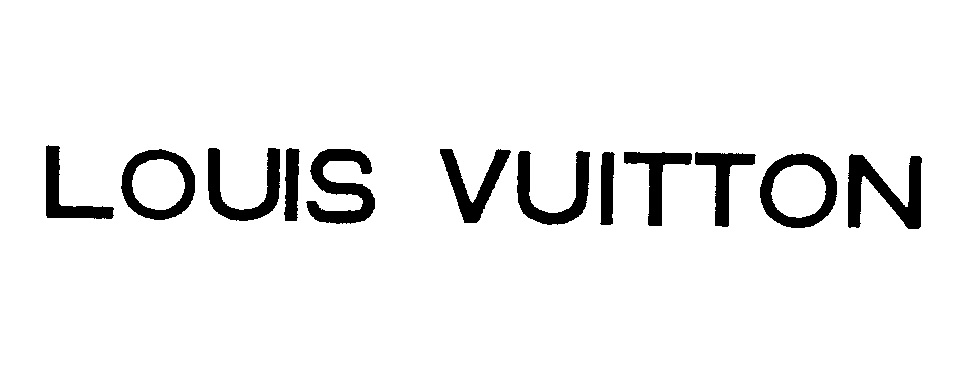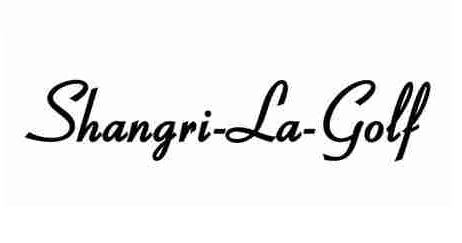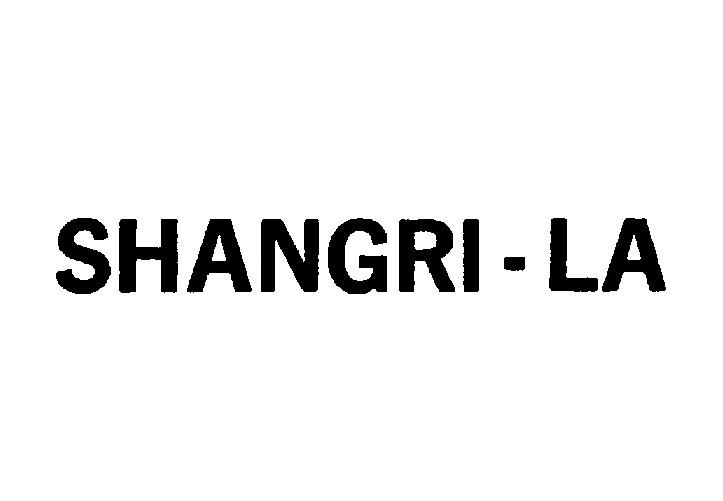On November 9, 2023, the JPO Appeal Board reversed the examiner’s rejection to TM Application no. 2021-98849 for word mark “ADEAM/ICHI” by finding dissimilarity to earlier trademark registrations for word mark “ICHI”.
[Appeal case no. 2022-19409]
Earlier TM registrations “ICHI”
Following trademarks have been effectively registered since 2015 at the latest.
- TM Reg no. 4736544 (soaps and detergent, incense, cosmetics in class 3)
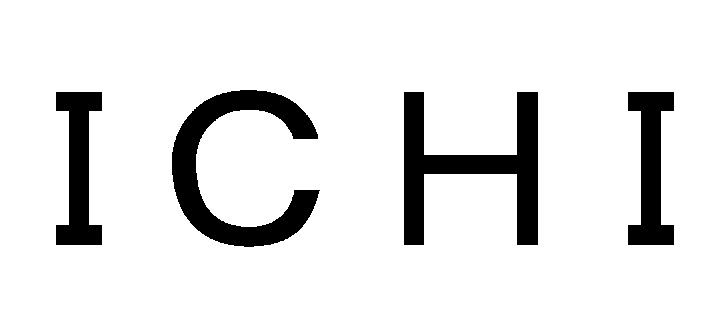
- TM Reg no. 5756228 (clothing, waistbands, belts [clothing] in class 25)

- TM Reg no. 5991461 (bags and pouches, wallets, umbrella, walking sticks in class 18)
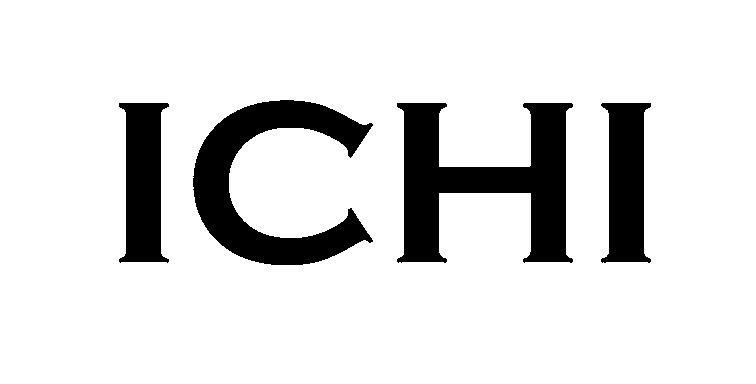
Junior mark “ADEAM/ICHI”
On August 6, 2021, FOXY Corporation filed a word mark consisting of “ADEAM” with larger roman-font and “ICHI” with smaller gothic-font in two lines (see below) for use on various goods and services in classes 3,14,16,18,24,25, and 35.
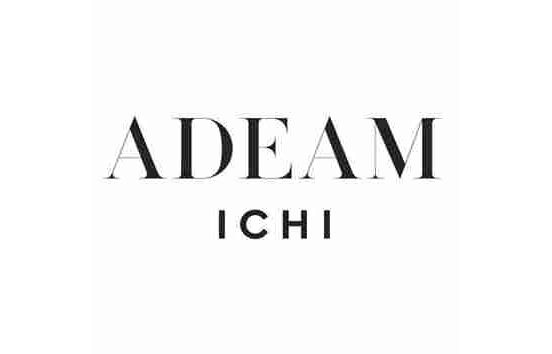
The JPO examiner rejected the applied mark due to a conflict with the earlier TM registrations for the mark “ICHI” owned by other entity based on Article 4(1)(xi) of the Japan Trademark Law on September 6, 2022.
Subsequently, the applicant filed an appeal against the rejection on December 1, 2022 and disputed dissimilarity of mark.
JPO Appeal Board decision
To my surprise, the Appeal Board found the applied mark is dissimilar to the cited marks and decided to cancel the examiner’s rejection by stating that:
Since the term “ICHI” of the applied mark is placed just beneath the term “ADEAM” in the middle about a quarter of the font size, from appearance, the term “ADEAM” occupies a large portion of the applied mark in its entirety. Thus, relevant consumers would have an impression that the term “ADEAMN” is considered as a dominant portion to identify a source of goods and service.
Besides, the term “ADEAM” is apparently a coined word. The term “ICHI” also does not give rise to a clear meaning. Therefore, conceptually there is no particular difference in assessing distinctiveness of respective term.
The Board has no reason to believe that relevant consumers would focus only on the portion “ICHI” of the applied mark as a source indicator by separating the dominant element “ADEAM”.
If so, it shall not be permissible to compare the literal portion “ICHI” of the applied mark with the cited marks.
In this respect, the examiner made an error in applying Article 4(1)(xi).
Based on the foregoing, the Board granted registration of the applied mark


